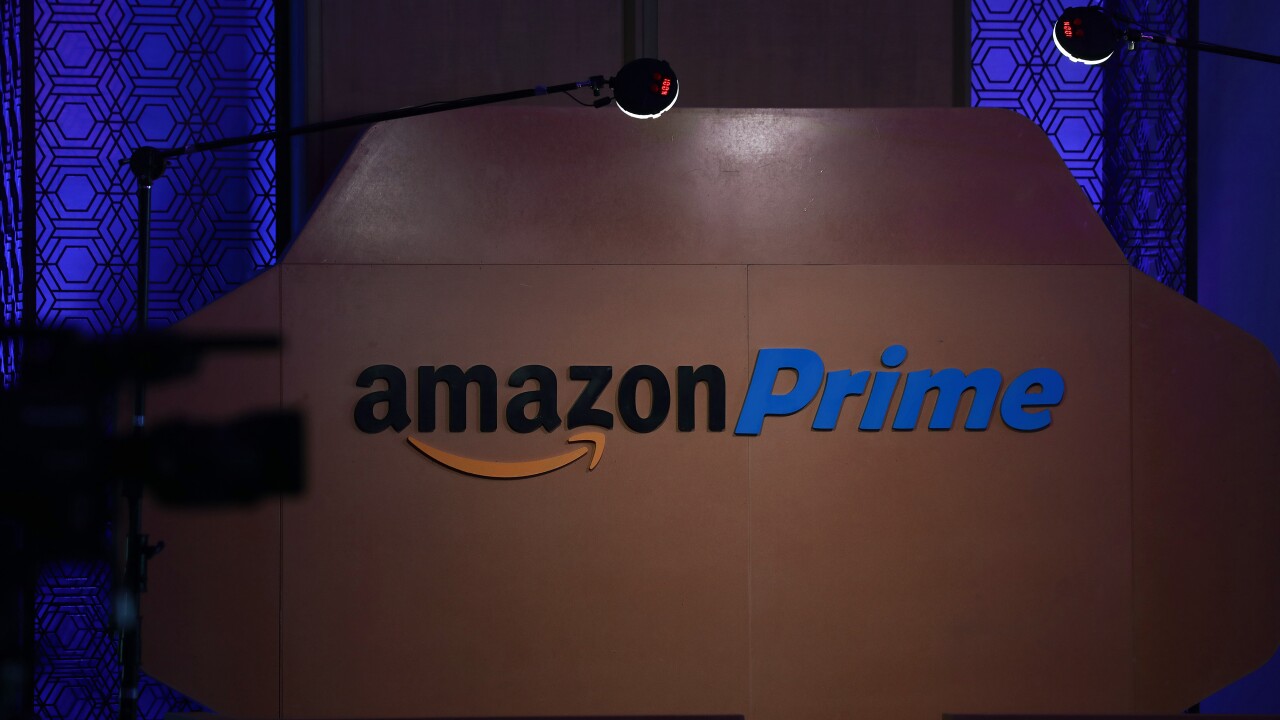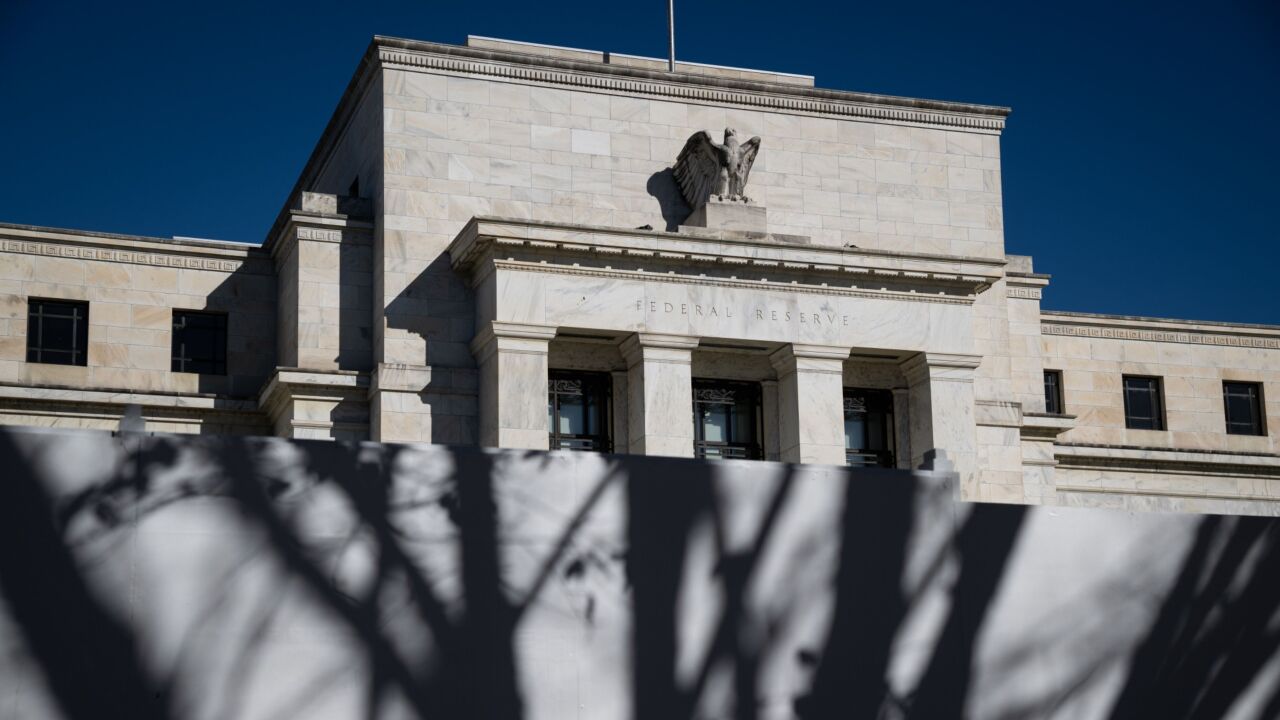The list of U.S. issuers of contactless payment technology continued to grow steadily this summer. Meanwhile, existing issuers supporting the radio-frequency technology are starting to expand their offerings.
The latest issuers to add a tap-and-go payment option are Citibank and the U.S. banking unit of UK-based HSBC Group.
Citi plans to distribute a key fob that will enable customers to access their debit MasterCard information when tapped on a reader at the point of sale. The bank plans to introduce the fobs in New York City by early October and in other markets starting in February, says Wayne Malone, Citi senior vice president of transaction innovation. Citi estimates it will issue 2.5 million key fobs nationwide.
HSBC Bank USA said Sept. 13 that it will issue about 1 million contactless debit MasterCards by the end of 2005 and eventually reissue all of its debit cards to include the functionality. HSBC had 3.5 million debit cards on issue at the end of last year, estimates SourceMedia's annual Card Industry Directory. It mainly issues debit cards to customers of its more than 400 branches in New York state. HSBC also was the eighth-largest U.S. issuer of MasterCard- and Visa-branded credit cards, according to the directory.
Debit Card Ties
The only other U.S. issuer to offer a tap-and-go debit product is Cleveland-based KeyBank, which plans to add a contactless chip and antenna to its debit MasterCards.
Citi, HSBC and KeyBank are using the MasterCard PayPass contactless smart card technology that can be added to either debit or credit card offerings.
Citi chose to incorporate the PayPass technology into a fob instead of cards because the bank's research found that many consumers in its markets often carry just their keys and some cash in a money clip, leaving their wallets or purses at home, Malone says. "They always have their keys," he says.
The football-shaped fob will have the Citibank logo on one side and the PayPass logo on the other. The fob will be a companion device to Citi's traditional ATM/debit cards.
When customers tap the fob against a compatible payment terminal, a light will flash on the reader indicating the transaction is complete.
Citi's move is a sign that U.S. banks are embracing contactless payments, some observers believe. "Now, it's going to be a matter of one announcement after the other," says Gwenn B?zard, research director at Aite Group, a Boston-based consultancy.
In June, Chase Card Services, a unit of J.P. Morgan Chase & Co., launched a contactless credit card, as did American Express ("Chase and American Express Push Contactless into Open Market," July). Citi says it will launch a PayPass credit card trial this fall.
MasterCard estimates there will be 20,000 U.S. locations accepting PayPass by the end of the year. Merchants such as McDonald's, RaceTrac, Regal Cinema, 7-Eleven, Sheetz, Meijer, CVS and Arby's accept the contactless cards.
Malone says he is comfortable with the number of merchants thus far that accept contactless payments. "Within the last three months, the number of merchants has grown four to five times," he says. "We didn't want to issue the card until we had a minimum of 10 merchants in our ZIP codes."
Citi officials contend customers will be able to track smaller purchases more easily than when paying with cash because each transaction will be noted in their account statements. Citi will offer its customers the same zero-liability protections against unauthorized purchases when they use the fobs that they receive when swiping their actual cards. Additionally, the fob will not have personal information, such as the cardholder's name or account number, on it.
Citi is not imposing a minimum-purchase requirement to use the fob, but it will limit cardholders to a maximum of $150 in daily fob-initiated purchases. The bank will not require merchants to secure signatures for transactions less than $25.
Visa USA also has developed a contactless payment product, and Chase issues both Visa- and MasterCard-branded contactless credit cards called "blink." Because all the card organizations use the same radio-frequency technology, a single terminal can accept contactless products from MasterCard, Visa and AmEx.
Chase, meanwhile, recently added a contactless chip to the United Mileage Plus Visa card, which will continue to also have a magnetic stripe. Chase says this is the first airline rewards card to have contactless payment capability. To date, Chase has issued about 1.5 million blink cards. About 200,000 of those are United Mileage Plus Visa versions.
(c) 2005 Cards&Payments and SourceMedia, Inc. All Rights Reserved.
http://www.cardforum.com http://www.sourcemedia.com
-
The retail giants are kicking the tires on their own currencies. The potential prize is a way to reimagine prepaid cards and gain a key position as new forms of artificial intelligence-powered payments take off.
June 13 -
Primis Bank plans to sell an undisclosed amount of its 19% ownership stake in Panacea Financial, a digital-only lender focusing on medical professionals and veterinarians. The deal should yield $22 million.
June 13 -
The fintech and nonprofit join others, including AARP and the ICBA, in working to raise awareness of the financial risks of Alzheimer's and dementia.
June 13 -
The impact of President Trump's tariffs is the top concern for most middle-market American businesses, a new KeyBank survey found. But these firms also view the scrambled landscape as a chance to innovate and restructure.
June 13 -
The Federal Reserve Board banned a former relationship banker in Arkansas after he was caught stealing customer funds; Benchmark Federal Credit Union plans to merge with Franklin Mint Federal Credit Union to form a $2.1 billion-asset institution; Robin Vince, CEO of Bank of New York Mellon since 2022, has been elected chairman of the board; and more in this week's banking news roundup.
June 13 -
In USAA's battle with banks over mobile deposit technology, which it says it invented, a bank has scored a rare victory.
June 13





